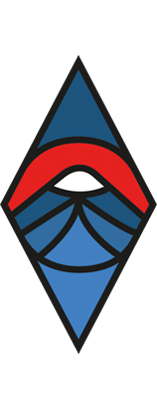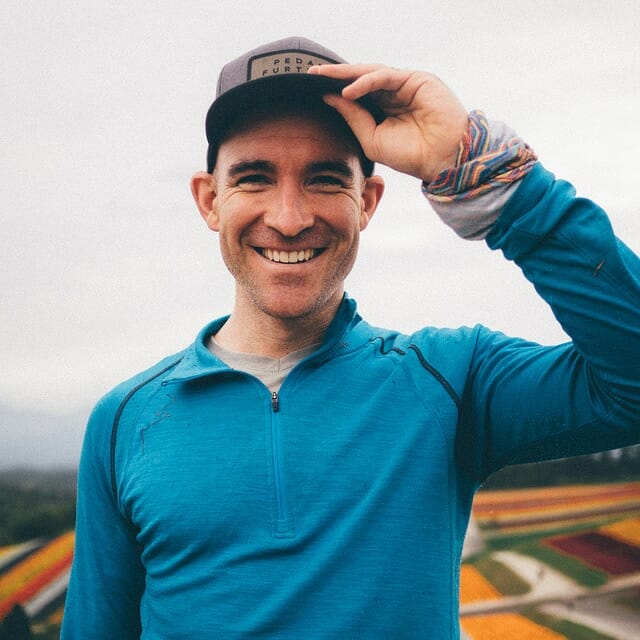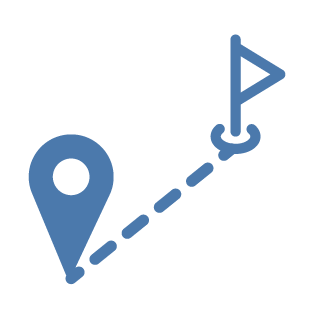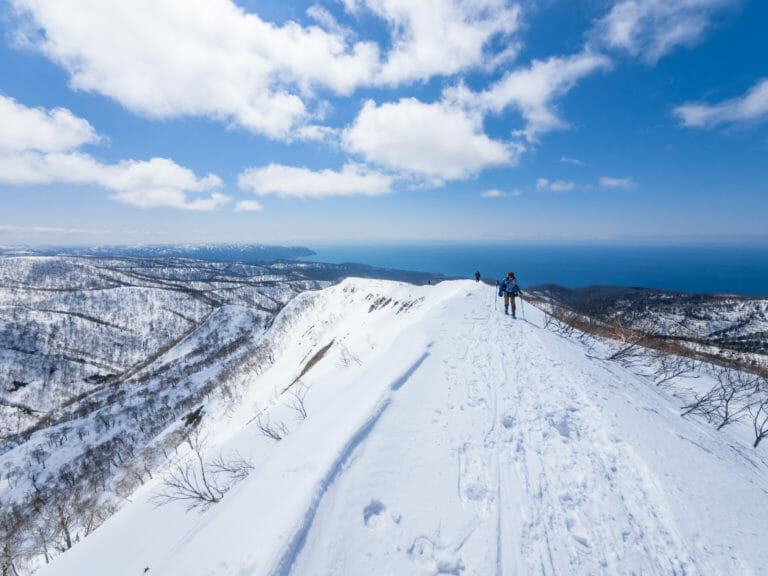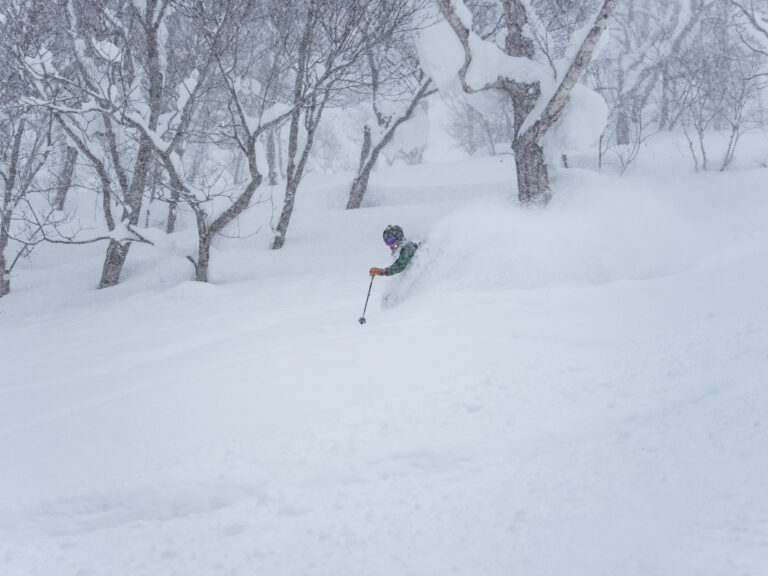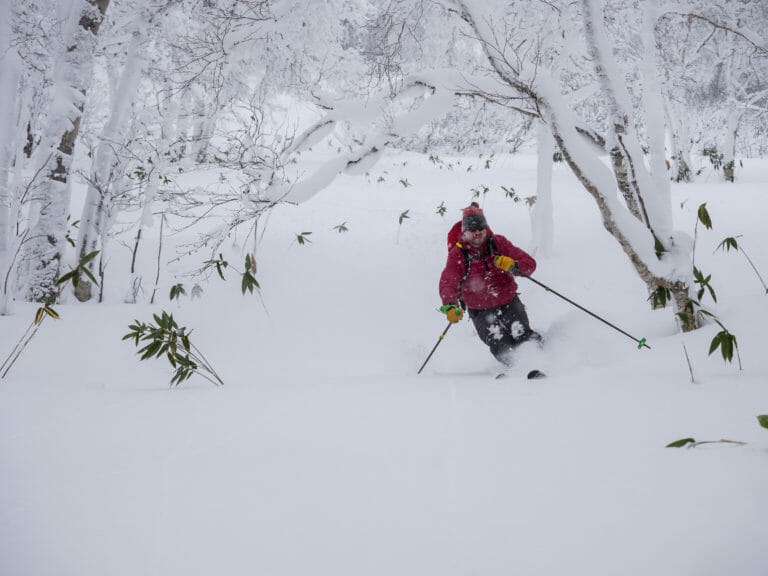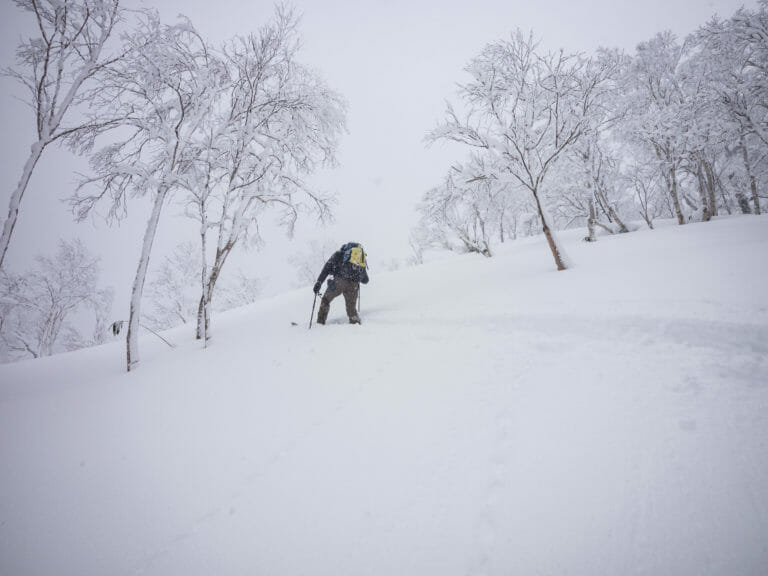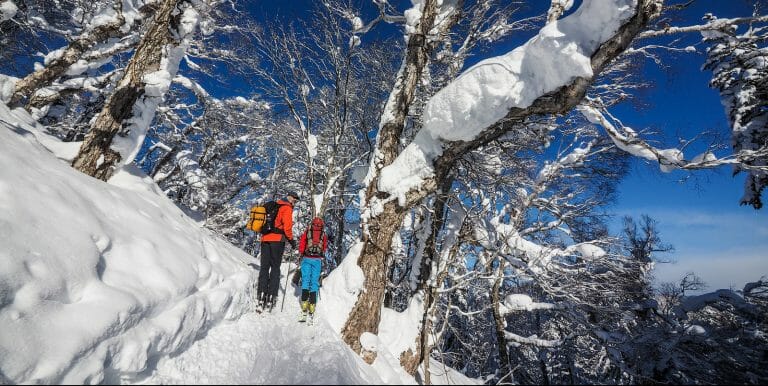A back-country ski trip in mid-May, 30 minutes drive from central Sapporo. I didn’t really consider it possible until a guy from my workplace outdoor club suggested we check Mt. Muine out. A week later, we were skinning from the trailhead on the last wisps of snow left on the forestry-road approach, and threading our way along labyrinth-puzzle tracts of snow that weaved through towering sasa bamboo.
Before long, the snow was thick enough to cover most of the sasa bamboo, and it was relatively easy going. Flaky-barked trees dot the hillside as the route climbs out of the gullies. Before making the final half-hour push to the plateau, we stopped at around 920m for lunch. We dug seats and a table in the snow, and the ultra-prepared Prof. Tsunoda got his jetboils cranking. Boiled sausages were quite the treat, as were toasted marshmallows.
The final push up to the plateau is punctuated by a steep “step” up, which requires some patient kick-turn-traversing. After that, it is plain sailing, along a wide ridge to the top. Expansive 360 degree views await. Strong winds for us on this day too. From the plateau we took a different ridge back down, slightly to the south of the ridge we were on on the way up. A large bowl at the upper reaches allowed some well-earned turns before we started picking our way across undergrowth. Considering how late we were in the season, we were quite happy with only having to walk about 20 minutes from the last bits of snow to the cars. A thoroughly enjoyable last hurrah of the season.
